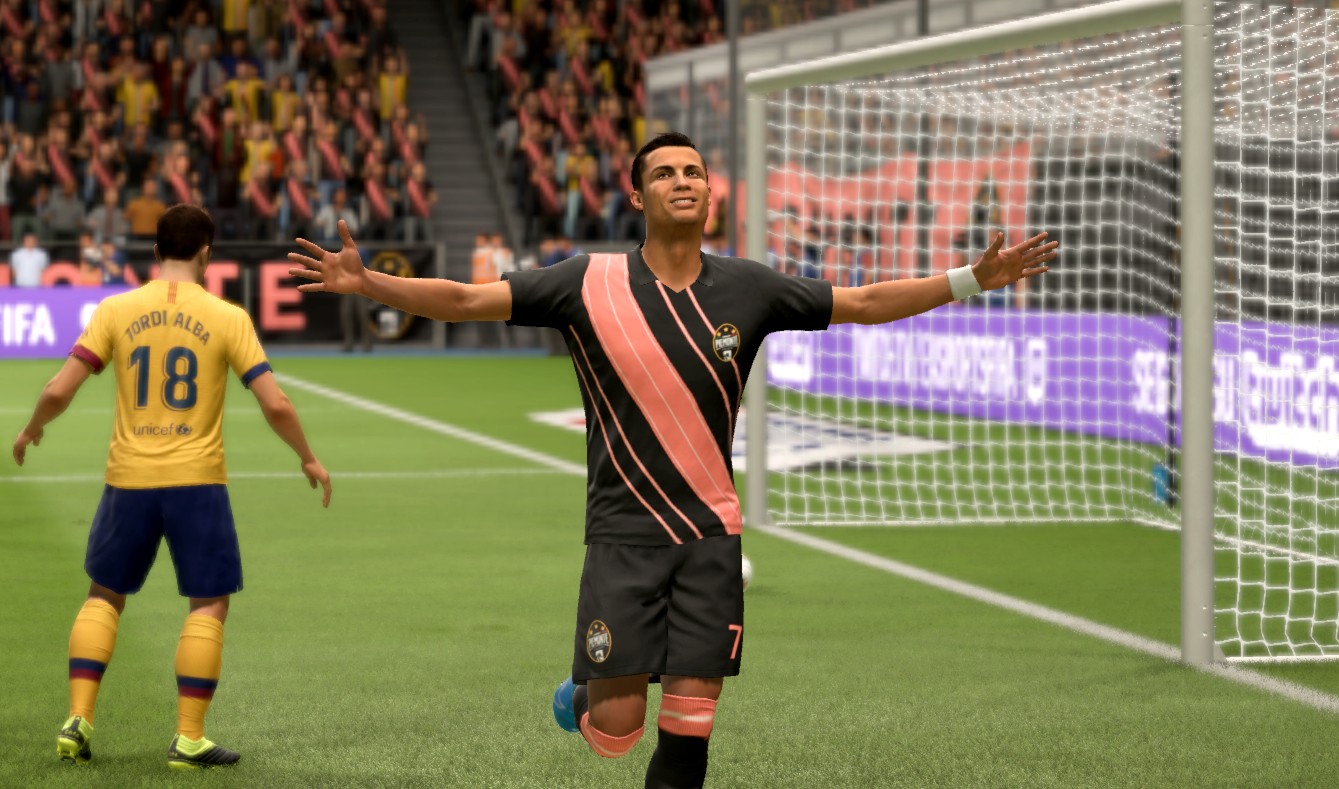Tom's Guide Verdict
Volta is a brilliant addition to FIFA and the gameplay is better than ever, but a few own goals hold FIFA 20 back from greatness.
Pros
- +
Volta is addicting fun
- +
Improved player/manager creation
- +
More ways to score XP in FUT
- +
Defending finally got buffed
Cons
- -
Career mode still feels neglected
- -
Gameplay could use some tweaking
- -
Piedmonte Calcio who?
Why you can trust Tom's Guide
FIFA is more than just a game. It's a culture. An extension of the beautiful game built on the premise that you can play as your favorite club, with the players they watch every weekend in their respective stadiums.

But in FIFA 20, authenticity takes a back seat. EA's latest installment is all about Volta, the new street soccer mode (or futsal, if you will). This frenetic, addicting mode is the best addition to the franchise in years. Unfortunately, that arcade-style addition comes at the expense of FIFA's traditional simulator modes, which haven't received the same attention. Also, the loss of some crucial team licenses won't sit well with some players.
Presentation: As gorgeous as ever
As we've come to expect, FIFA 20 looks gorgeous. Faces are realistic enough to identify players, stadiums were designed with painstaking detail and player's mannerisms --- from goal celebrations to Ronaldo's intimidating stance when he takes free kicks --- are accurately captured.
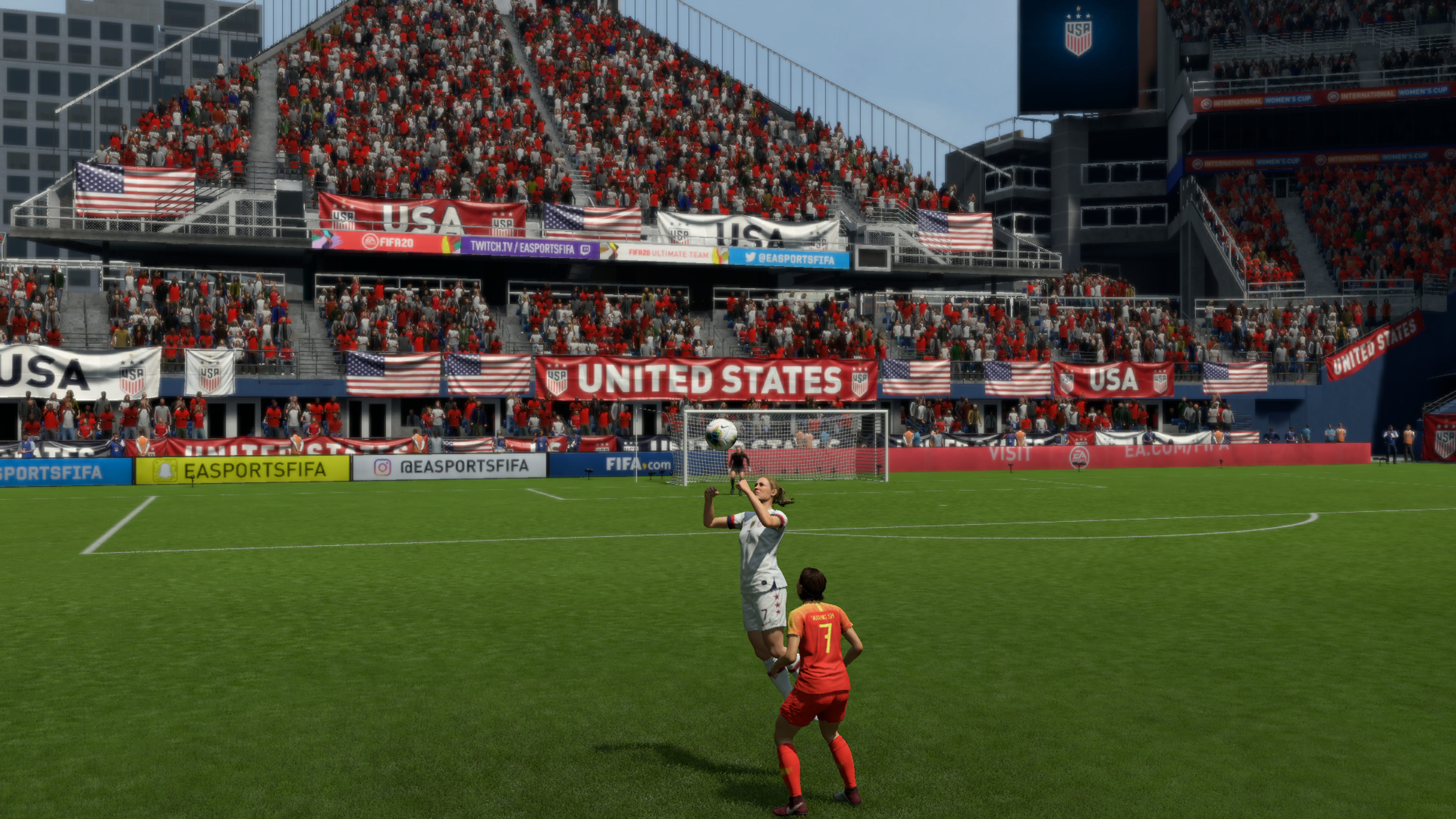
That said, FIFA 20 isn't a huge visual departure from FIFA 19 apart from a new vibrant paint job throughout the menus.

FIFA 20 does introduce a new player and manager creation tool. Before, you could only choose from a dozen or so default faces when playing as a manager in career mode. Now you can fine-tune the look of your manager by changing the size of their nose to choosing a pair of shoes for them to wear on the touchline.
The new Volta game mode was given the most attention, and it paid off. EA did an excellent job creating a unique atmosphere that makes you feel like you're a part of the street soccer scene. I felt like I had left FIFA 20 and started playing an entirely new game the first time I started up Volta. That's quite an achievement.
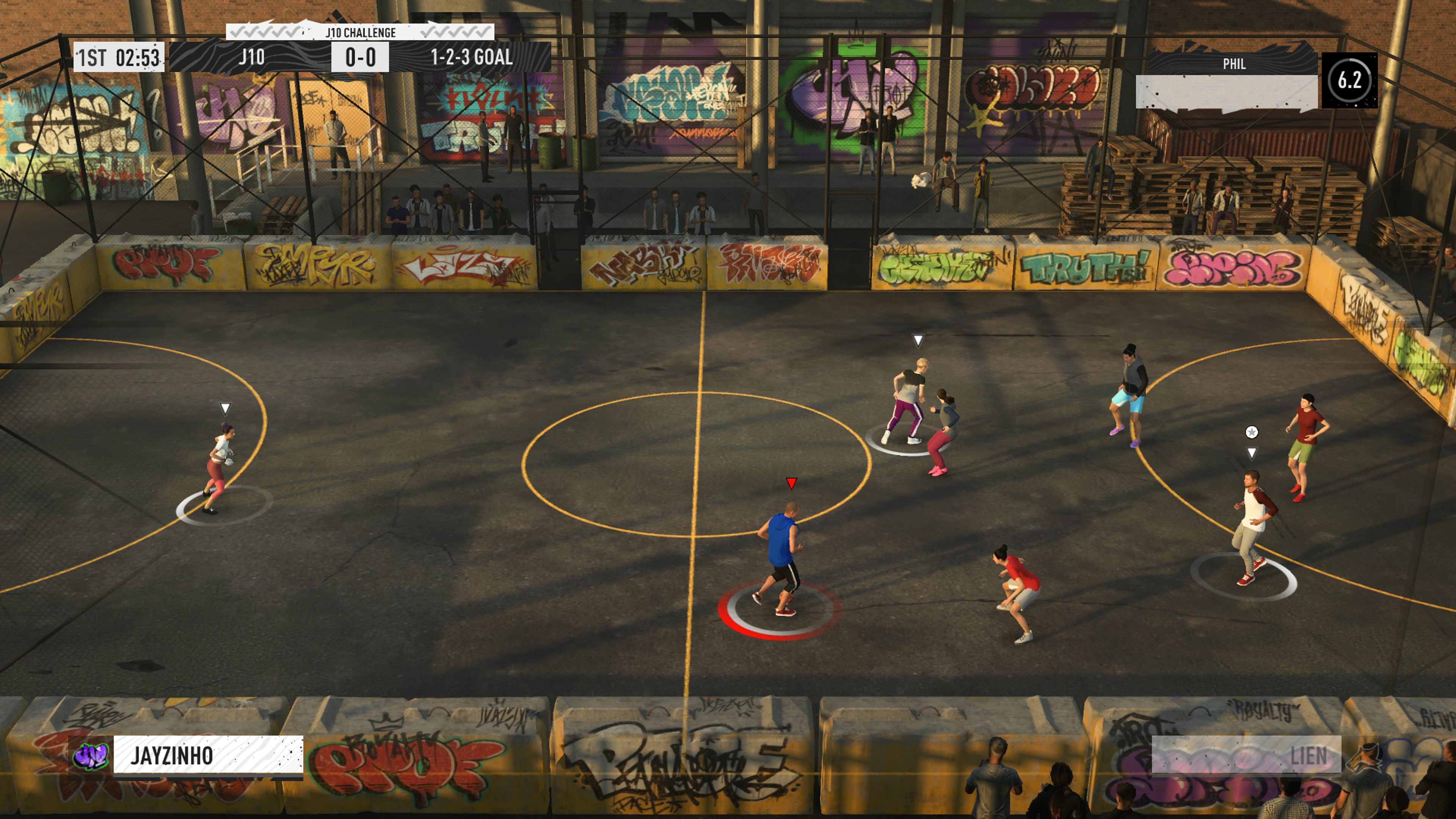
Instead of massive stadiums packed with tens of thousands of fans, Volta plays out on small venues, some more grungy than others. Internationally recognized teams are replaced by backyard team names (like 1-2-3 Goal) and creative emblems. Some of the fields you'll play on are covered in colorful graffiti while others are high-production enough to have polished tile floors and sponsored ads. The low production value of these matches is captured on instant replays filmed on a virtual smartphone.
Get instant access to breaking news, the hottest reviews, great deals and helpful tips.
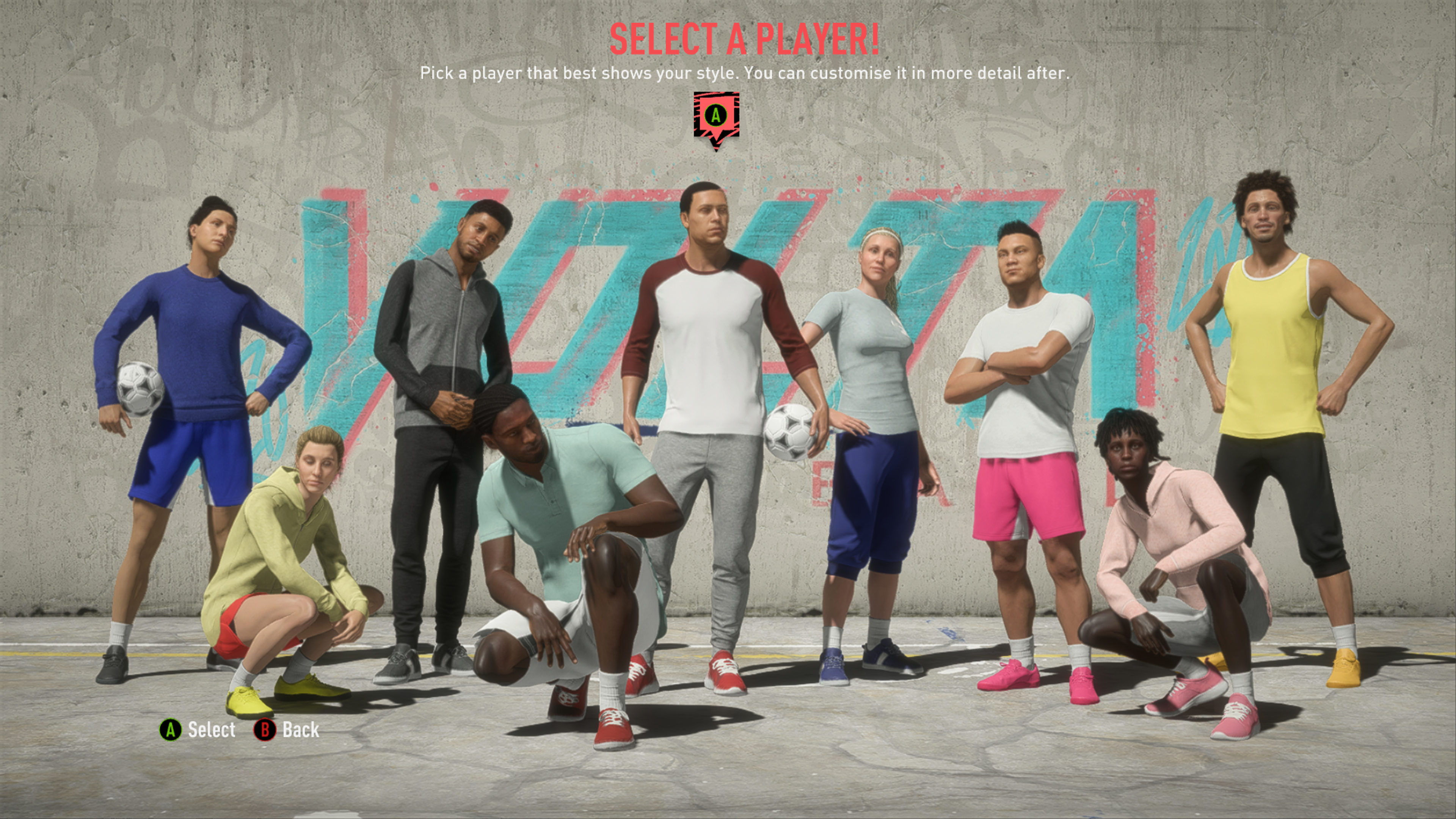
Customization is key to Volta. From new shoes to tattoos and crazy hairstyles, you can personalize your player and teammates by buying items with Volta coins, which are earned by winning games. All of this adds to the impression that you're a member of a ragtag group of players who are far removed from the glitzier half of FIFA.
My only gripe with Volta is that the white circular markers under the players' feet don't do a good job of indicating who is on your team.
Gameplay: Two steps forward, one step back
FIFA 20 introduces some subtle gameplay changes that are sure to be welcomed by some and maligned by others.
Player movements feel smoother than ever, but the gameplay in FIFA 20 could still use some fine-tuning. There were times when sprinting down the pitch felt as though my player was gliding on a sheet of butter. At the same time, players feel clunky when they capture a pass. Poor first touches, slow turns and sluggish acceleration give defenses plenty of time to get goal side.

Defending in FIFA 20 is all about positioning. If you can keep your shape, you'll have no problems consistently nabbing clean sheets. That's because defending has been overhauled so that defenders are more successful in tackling the ball away from an oncoming attacker. Defending felt unpowered in previous games, so it's nice to see some attention given to the backline.
One of my biggest qualms with FIFA 19 is that the AI wasn't particularly smart. Teammates didn't make runs and the CPU AI didn't put up much of a fight, even at the highest difficulty setting. That changes in FIFA 20. Finally, AI-controlled players make streaking runs through the opposition's backline and midfielders find open space instead of standing absently near defenders.
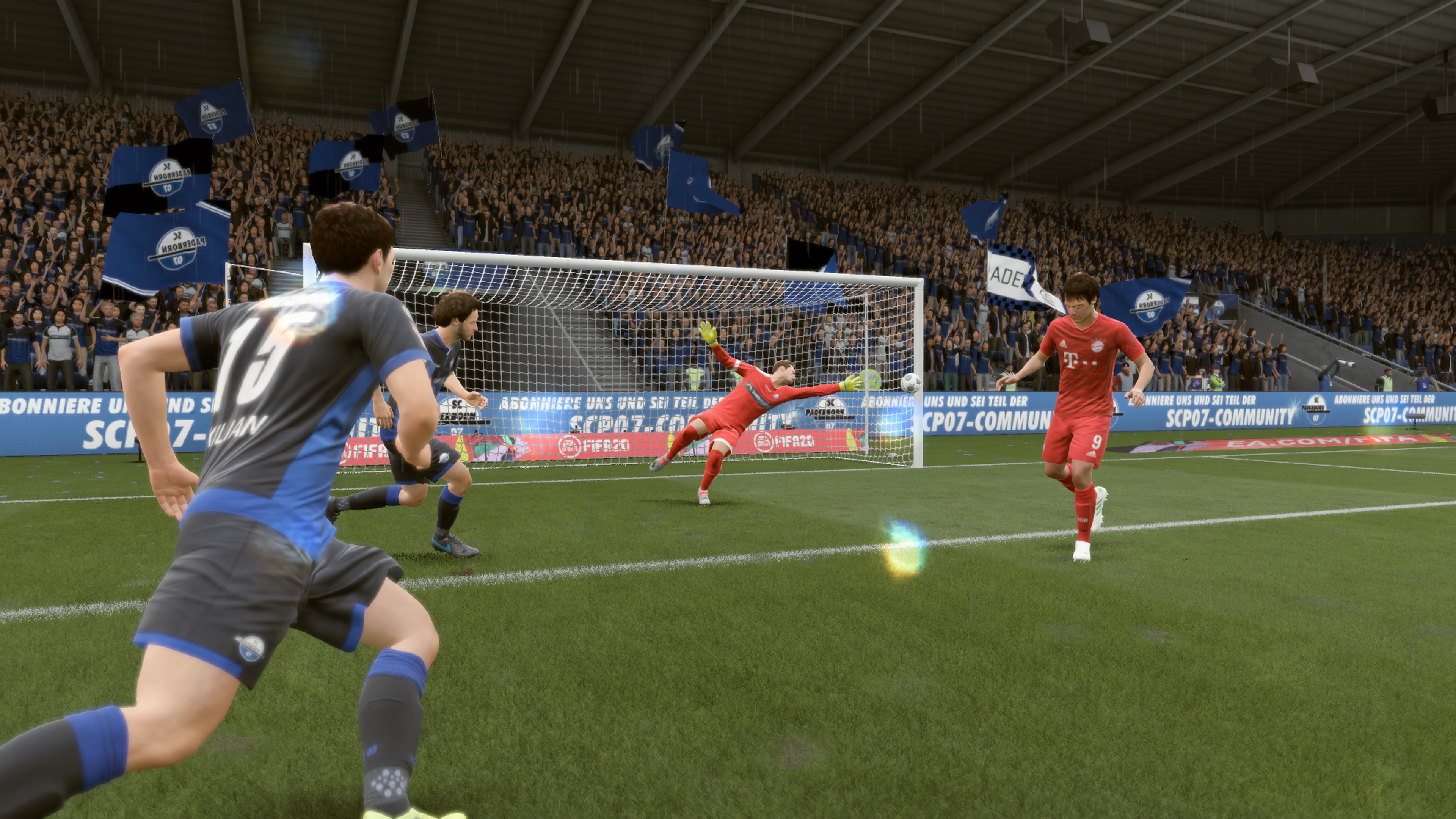
Improved AI has a big impact on how you play the game. I found myself more challenged to make the perfect through-ball to an on-running winger. It took me a while to get used to the AI actually making the runs I wanted; I was caught offside no less than 4 times in the first few matches I played. Once I got the hang of it, I was unstoppable.
Set pieces have also been overhauled. Direct free kicks now have an aiming reticle that's controlled by the left joystick. Don't worry about aiming the ball right in the corner --- the trick is to use the right joystick to add spin to the ball so it curves from a wide position into the goal. Penalties in FIFA 20 have a targeted system. While I prefer the older style that relied on feel rather than visuals, new players should benefit from the new method.
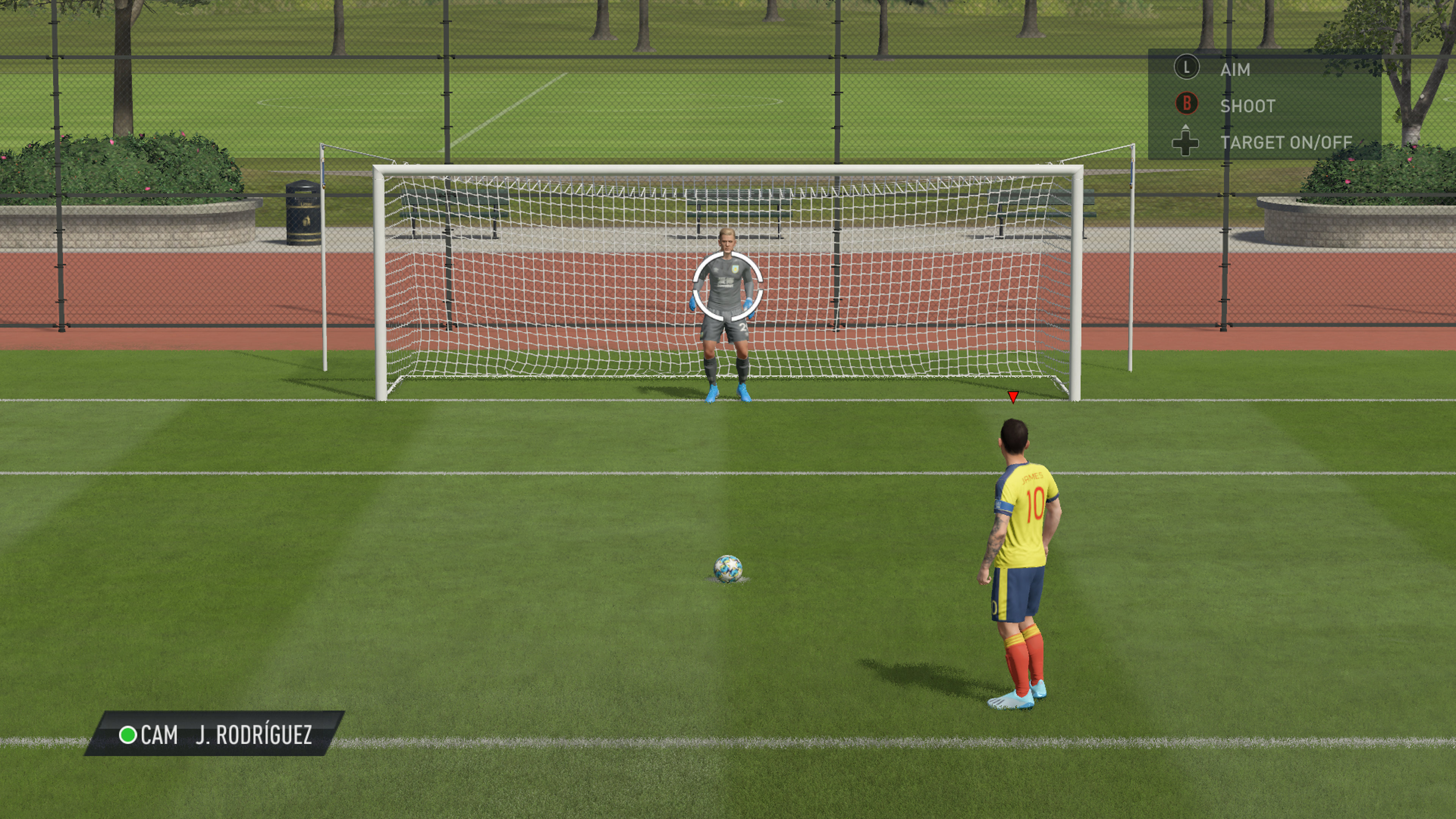
Active Touch and timed finishing return to FIFA 20, but neither is necessary to win matches. Timed Finishing is so difficult to pull off that it feels more like a liability than a tool.
Now forget everything I just wrote so we can talk about Volta. Volta plays like an entirely different soccer game. These small-sided games are fast, frantic and ruleless. These 3v3, 4v4 or 5v5 matches are played on small hardwood courts, some with and some without walls. As such, Volta is less about pinpoint passing and positioning and more of a free-for-all where trick shots, flicks and passes are encouraged.
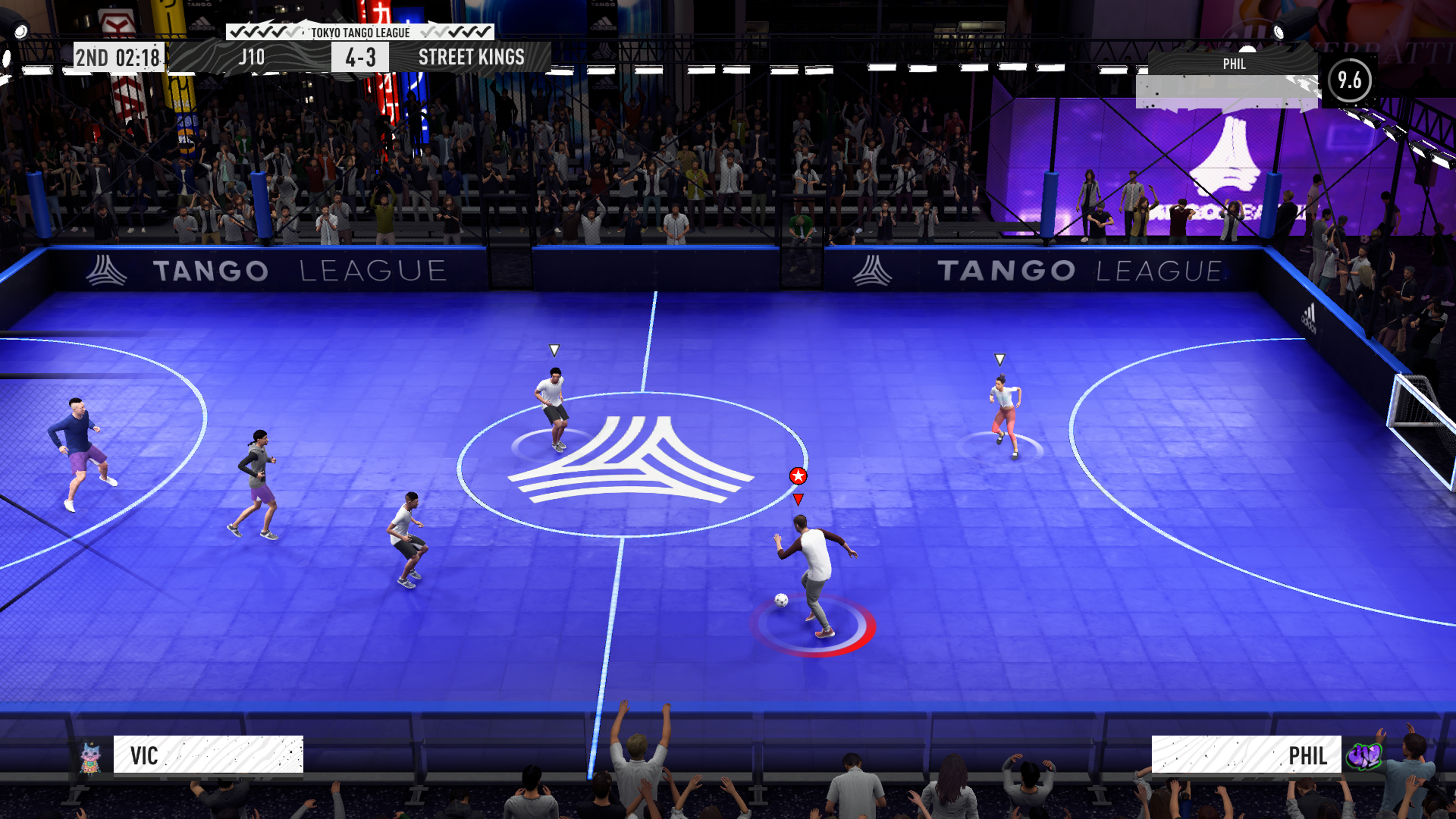
Just like real-life Futsal, Volta doesn't give you a moment to breathe. I typically have no problems beating the AI on the Ultimate difficulty setting but I struggled to win on Legendary in Volta. The controls in a Volta match are similar to those in a regular soccer game, but sliding is more like lunging and shooting can be painfully inaccurate. Don't worry though, there's a full-blown skills training academy designed just for Volta.
Volta is a hell of a lot of fun, but I worry that the speed and responsiveness of its gameplay make FIFA 20's traditional game modes feel sluggish in comparison.
If you're new to the game then check out our 10 essential FIFA 20 tricks for keen players.
Game modes: Goodbye The Journey, hello Volta Tour
Replacing The Journey is what is called Volta Tour. If you've played racing games before, then you'll be familiar with the format of the new mode.
In Volta Tour, you are shown a map of the world marked with tournaments hosted in different continents. Your team, named J10, gets invited to tournaments and must win enough matches to unlock the next challenge. Volta Tour takes you around the world where you'll play in cages, futsal courts and arenas.

It's a fun format and one that I strongly prefer to the cutscene-heavy The Journey. There are cutscenes in Volta that tell you the story behind your team and the protagonist of the mode, but you can skip them and not miss out.
Volta has a lot more replay factor than any of the other games modes FIFA has experimented with recently. You'll get addicted to upgrading your player's attributes by winning games and earning Volta coins to buy new gear and cosmetic items from the Volta shop.
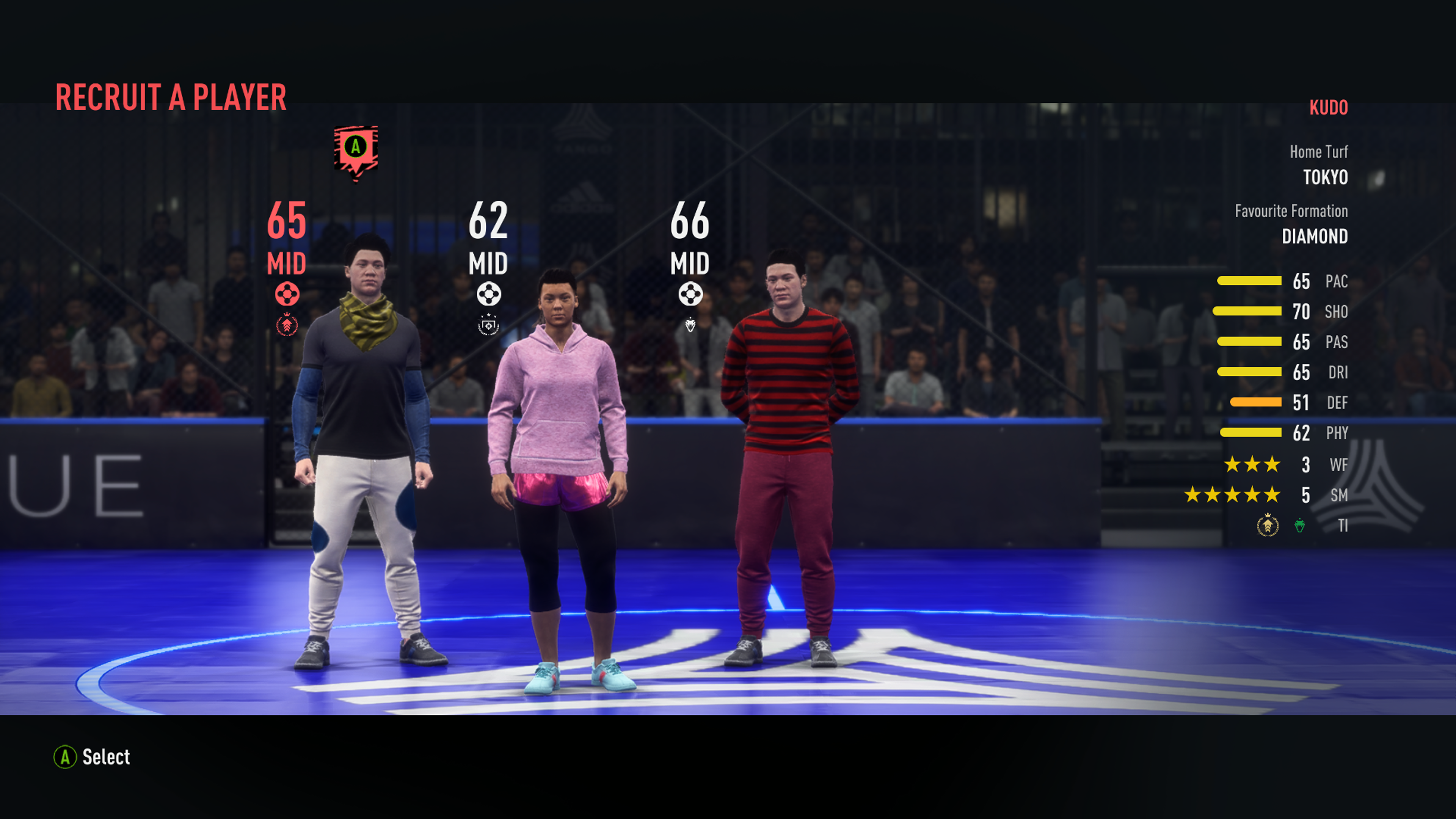
Speaking of which, items are available for a limited time so you're encouraged to return to the store to see what's new. Also, when you win games you can recruit new players to fill any gaps in your squad. You can think of it as a pink slip but for soccer players.
FIFA 20 brings online game modes to Volta, so you can rank your way up from League 10 to League 1 just like in the traditional FIFA modes.
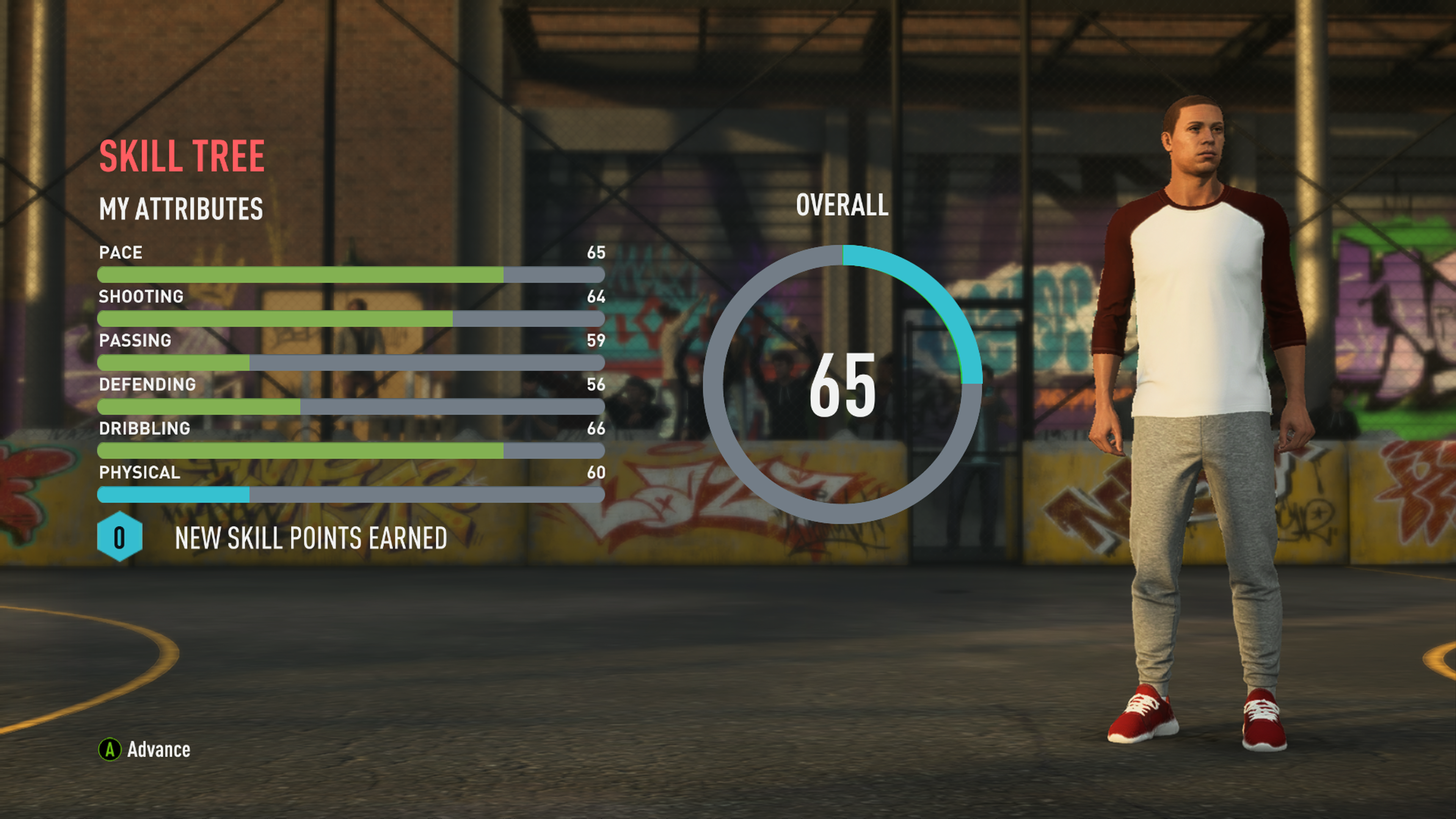
Career mode finally received some attention, but it still feels underdeveloped compared to the franchise modes in other sports games, like NBA 2K20. The best addition to Career mode is the aforementioned manager creation tool, but that's only a small cosmetic improvement.
One addition I'm not so keen on is the new press conferences, where your answers to questions from media before and after a match influence the morale of your team. Similar to the new transfers screen, the post-game press conferences take time to load and could just as easily been achieved in your inbox.
The new career mode feature I'm most excited for is dynamic player potential. The idea is quite simple. A player's potential will decrease if they aren't performing well or not getting enough playtime and improve when they're in form.
This sounds like an excellent change that will let career mode junkies like myself upgrade young players to a 90+ potential even if they're struggling in real life. I haven't spent enough time in career mode to see how it works, but I'll be sure to update this review with my findings in the coming months.
Sadly, everything else in career mode will feel familiar. Training is still restricted to only five youth players, there are no B teams or affiliate clubs for developing your younger talent, and I still wish FIFA would track players' career stats, not just those over a single season.

FUT has also been tweaked in FIFA 20 with new methods of earning FIFA points. Now you can earn XP with Season Objectives that you complete over the course of a season. Longer-term goals in the form of Milestone Objectives are also new to the mode, as are Foundations Objective that gives new teams ways to earn quick XP.
It's nice to see EA giving players new ways to earn XP without spending cold hard cash. However, FUT still revolves around virtual currency that can be purchased with real money.
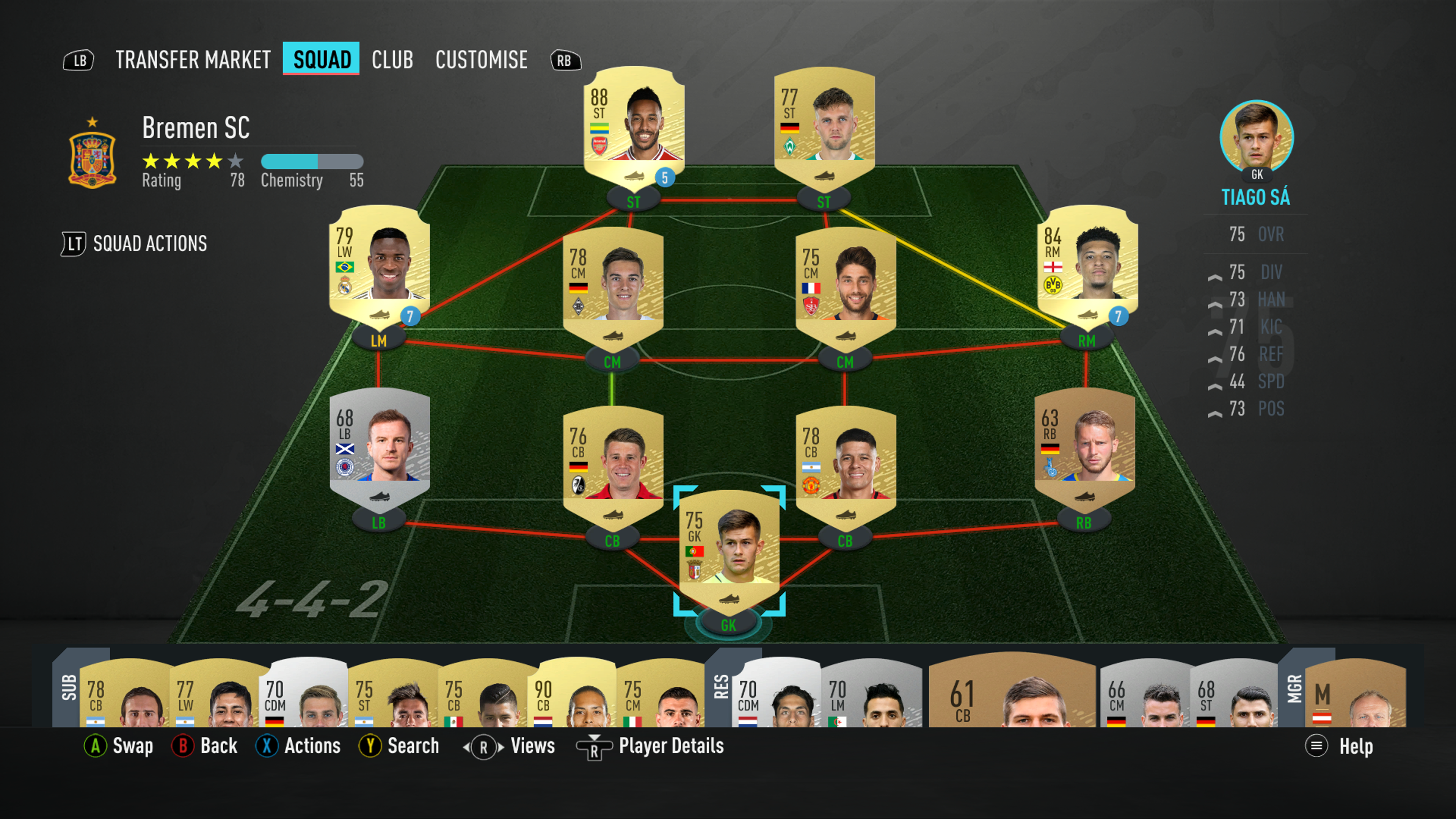
Gold packs cost 100 FIFA points, or $0.99, while premium packs, which promise three rare players, cost about $1.50. Before you jump into ultimate team you'll go through a series of lessons that earn you and teach you about how to build the best FUT team.
Licensing: Piedmonte Calcio who?
EA has done an excellent job over the years securing the licenses to teams, leagues and tournaments.
EA's almost flawless track record takes a hit in FIFA 20. Juventus, Italy's most successful soccer club was renamed Piemonte Calcio after EA Sports' rivals Konami (the publishers of eFootball PES 2020) struck a deal with the team. Along with the name change, the team has a custom logo and kit in all game modes.
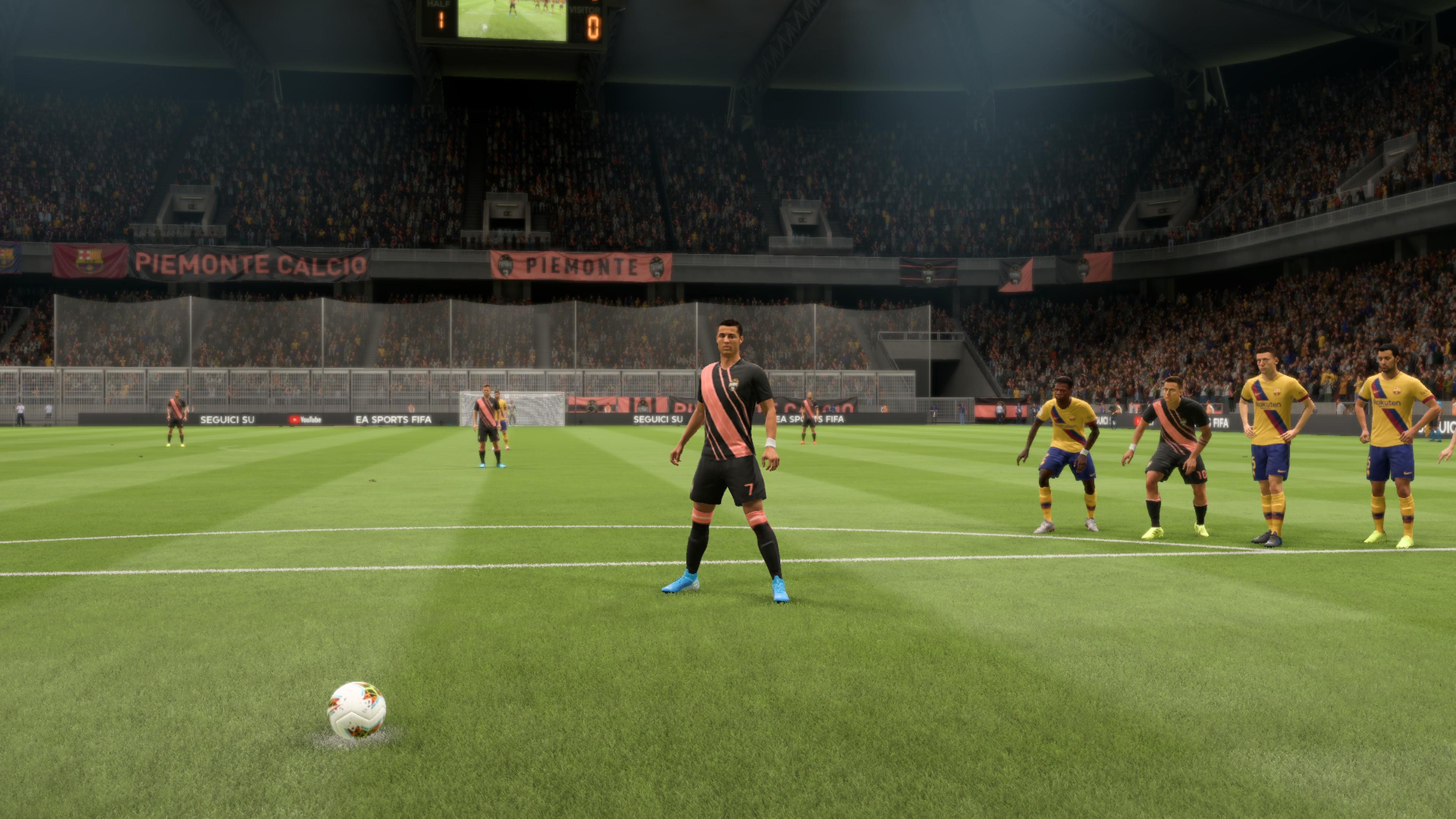
For a game that prides itself on authenticity, losing one of the best teams in the world is a huge blow and Juventus' fans will be furious to find out that their team was replaced with a phony.
It's not a total loss. Portuguese superstar Christiano Ronaldo and Co. are all in the game with the correct names, likeness and realistic stats. But supporting your team by playing under a name and logo that doesn't actually exist just isn't the same experience.
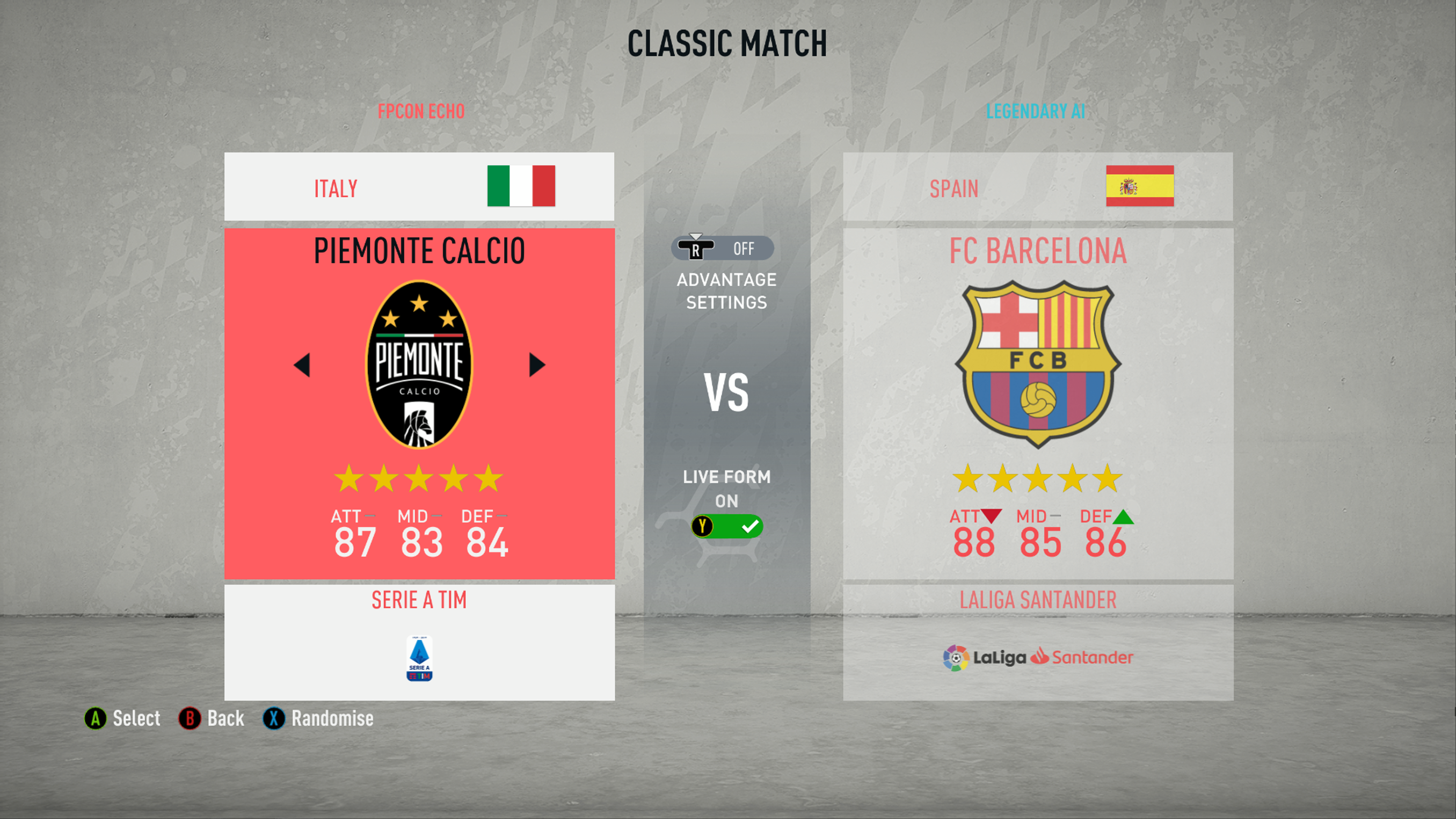
FC Bayern also formed a limited partnership with Konami for PES 2020, which forced EA to remove their ground, the Allianz Arena, from FIFA 20. Lucky for me and other Bayern fans, the team's logo, name and players are still in the game.
That said, FIFA 20 is still the most authentic soccer video game around and has licenses with far more teams and leagues than its main competitors.
Bottom Line
This is the most difficult FIFA review I've had to write. On one hand, FIFA 20 is an exceptional entry to the franchise thanks to Volta, a fully-realized mode that offers a faster-paced alternative to the traditional-style soccer. But for some FIFA fans, that won't matter; The loss of Juventus' official license is a hard pill to swallow, even if FIFA remains the most authentic soccer video game around.

And, aside from Volta, not much has changed from FIFA 19. EA at least addressed the existence of Career mode but the features it added are mostly cosmetic when there are still many areas that need attention. And while the gameplay in FIFA 20 is improved from last year, it could still use some tweaking.
Overall, FIFA 20 introduces the franchise to the best addition in years, but a few own goals prevent the newest entry from crushing the competition.
Phillip Tracy is the assistant managing editor at Laptop Mag where he reviews laptops, phones and other gadgets while covering the latest industry news. Previously, he was a Senior Writer at Tom's Guide and has also been a tech reporter at the Daily Dot. There, he wrote reviews for a range of gadgets and covered everything from social media trends to cybersecurity. Prior to that, he wrote for RCR Wireless News covering 5G and IoT. When he's not tinkering with devices, you can find Phillip playing video games, reading, traveling or watching soccer.
